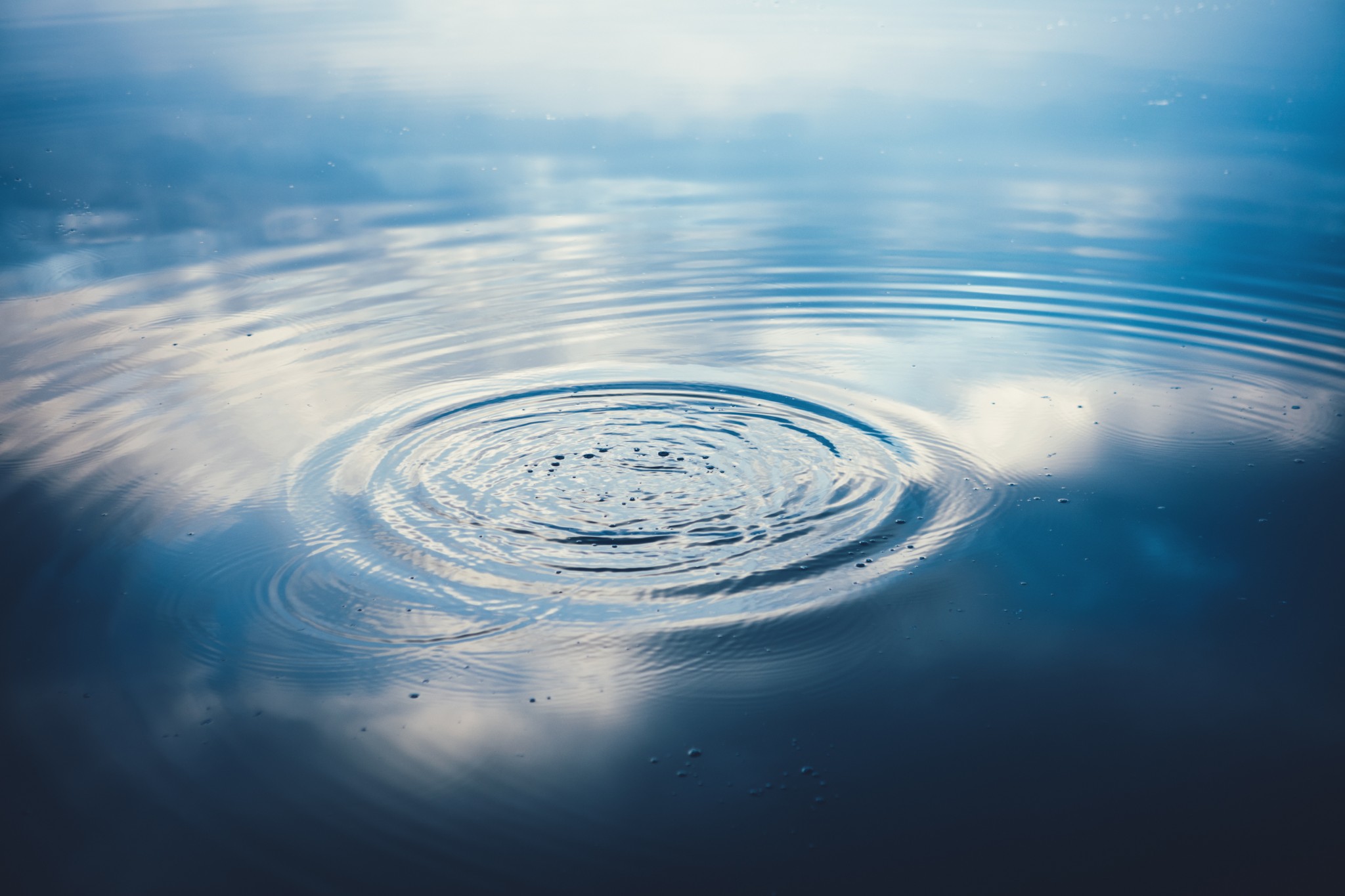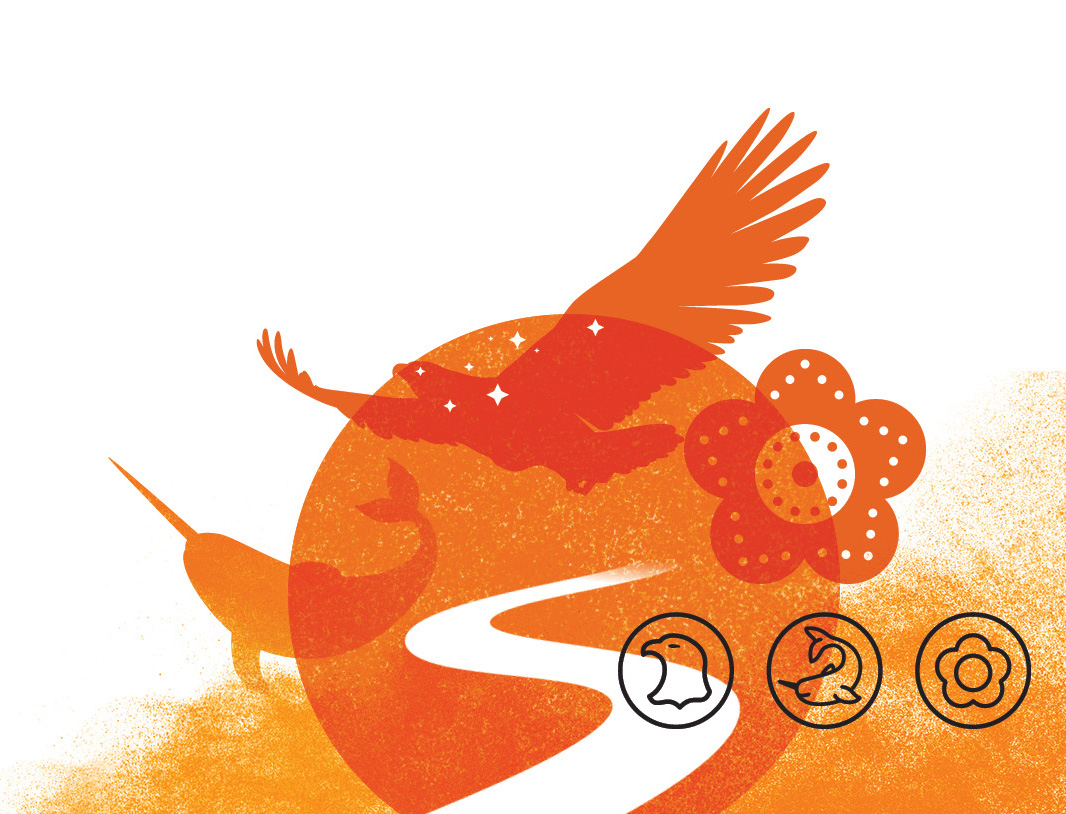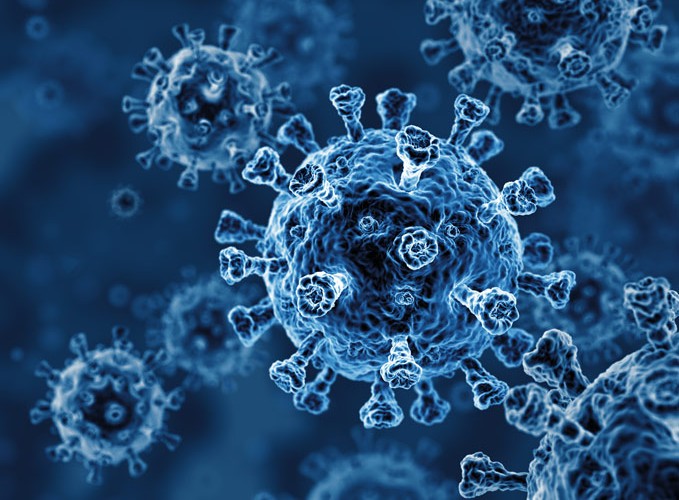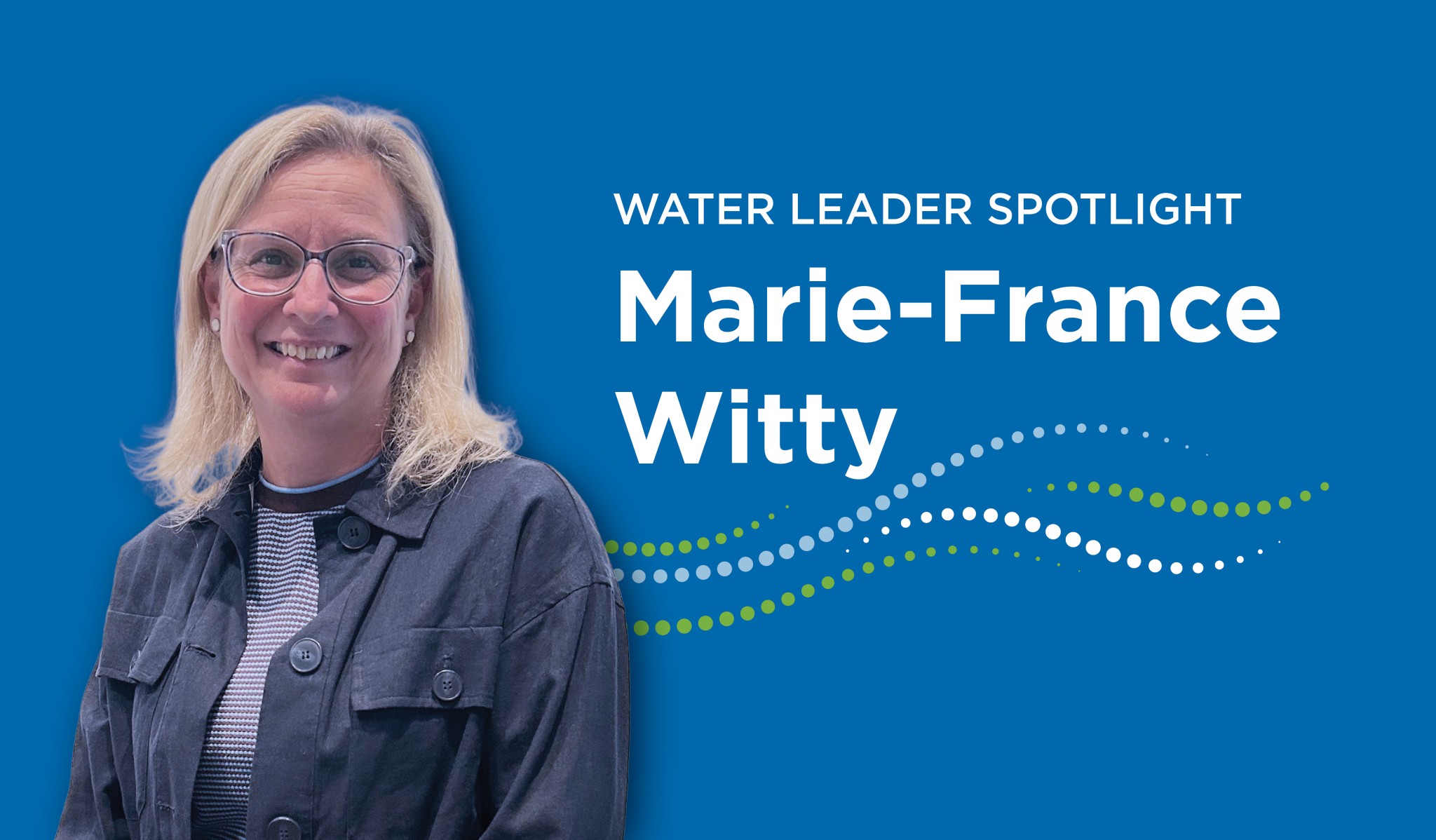Taking the temperature on toxicity in watersheds
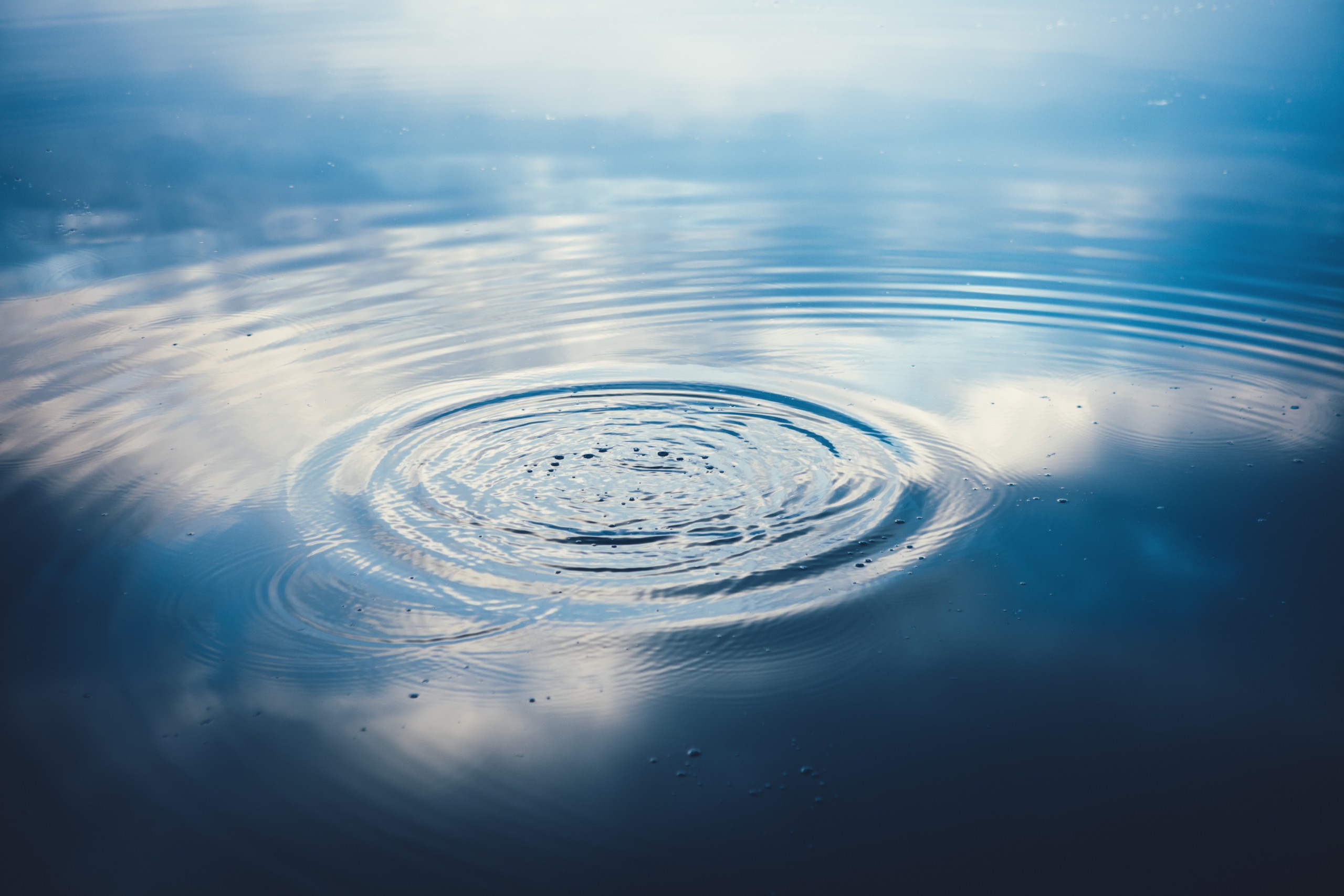
Imagine having one number to communicate the pollutant load within a water body, as simple as checking the outdoor temperature to know how to dress.
That is precisely what the Dutch Foundation for Applied Water Research (STOWA) has developed for the 21 regional water boards that are responsible for water management in the Netherlands.
Today, Canadian Water Network’s (CWN) CEO Nicola Crawhall visited STOWA’s office in Amersfoort, Netherlands. Dr. Bas van der Wal, program coordinator at STOWA, explained how his team has created the Aquatic Ecosystem Toxicity instrument. It allows regional water boards to upload monitoring data from over 8,000 monitoring sites across the country. The instrument automatically predicts what impact the mixture of chemicals is having on aquatic life. Based on this analysis, appropriate response measures can be taken to tackle the contamination.
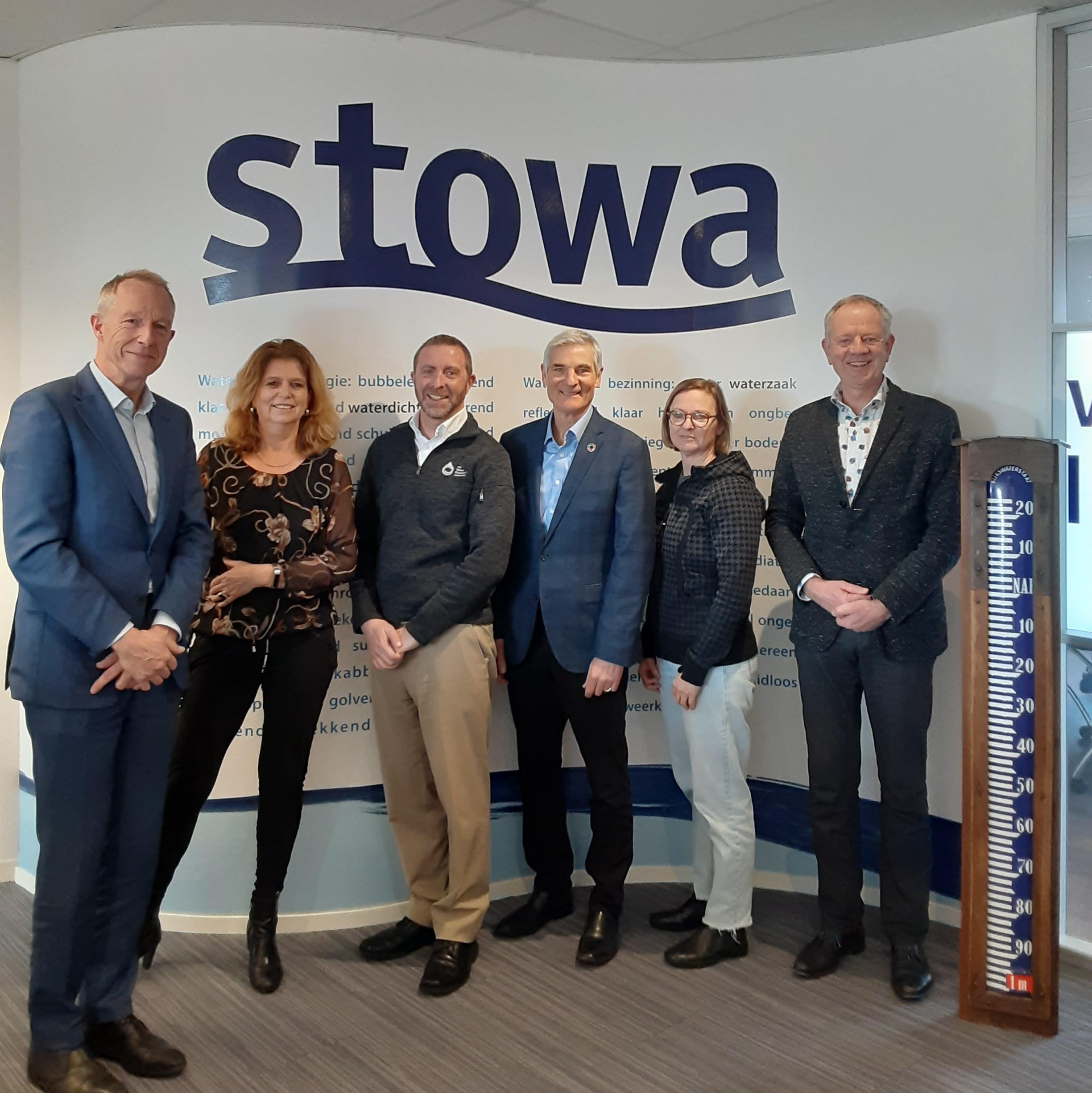
Pictured from left to right: Bert Palsma, program manager at STOWA; Cora Uijterlinde, program manager at STOWA; John Albert, chief research officer at The Water Research Foundation; Peter Grevatt, CEO of The Water Research Foundation; Nicola Crawhall, CEO of Canadian Water Network; Dr. Bas van der Wal, program coordinator at STOWA.
The key difference to STOWA’s approach compared to simply examining water monitoring data is that it takes a systems approach. STOWA measures external factors — such as toxicity, organic load and light condition — that are impacting the water. It also examines the impact of these external factors on the water body and aquatic organisms through in vitro, in vivo and bio-assay aquatic biota monitoring. This combined approach gives a full picture of both toxicity and impact.
The driver for developing this sophisticated instrument is to comply with European Union (EU) water quality directives by 2027. One-third of monitoring sites were found to exceed what will be required in the 2027 water directive.
The monitoring found that ammonia, metals (especially zinc, possibly from mining during Roman times), PHAHs (fluoranthene) and pesticides were the four most prevalent toxic pollutants in Dutch waterways. “So much emphasis is placed on contaminants of emerging concern,” said Dr. van der Wal. “While important, this comprehensive approach to monitoring reveals that we should be focusing our actions on these four classes of pollutants to reduce the toxicity of our waterways and meet the EU directive.”
To learn more about the Aquatic Ecosystem Toxicity instrument, vist STOWA’s website here. The toxicity instrument can be viewed here. Both sites are in Dutch so if you would like to translate the content to English, right-click on your mouse and select the menu item that says “Translate to English.”








